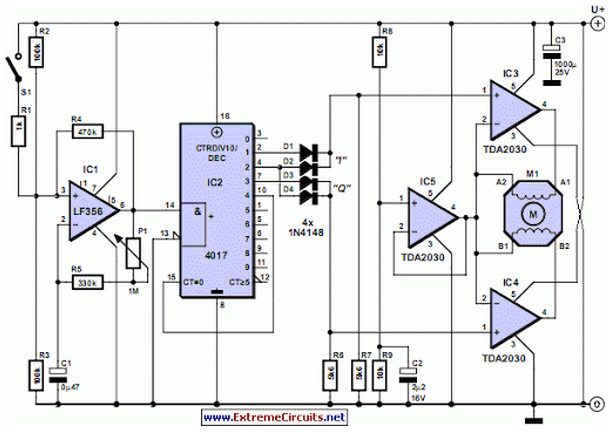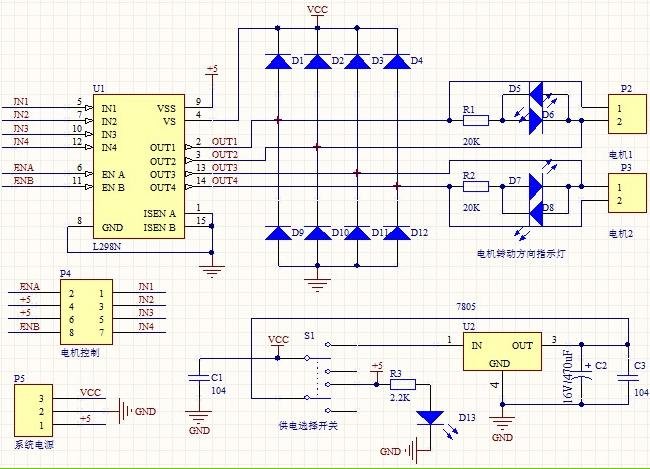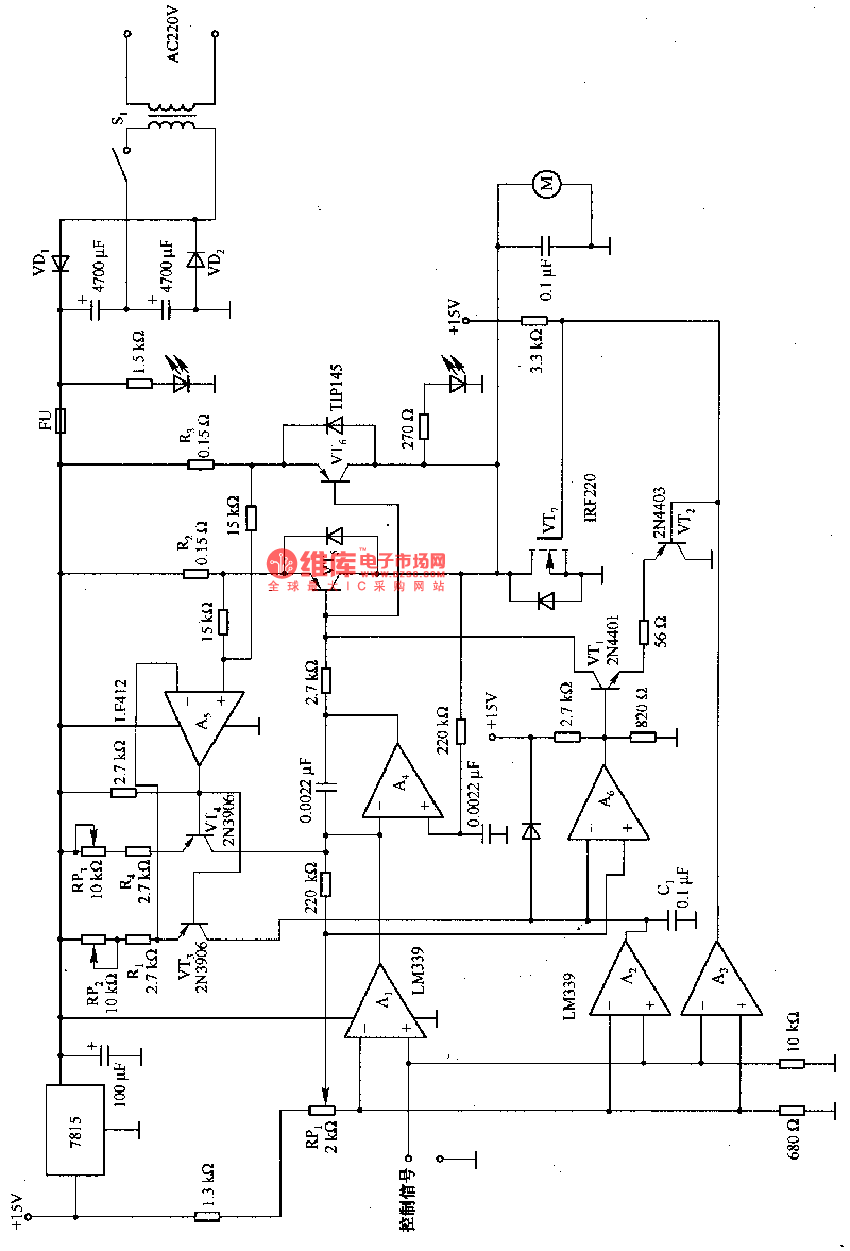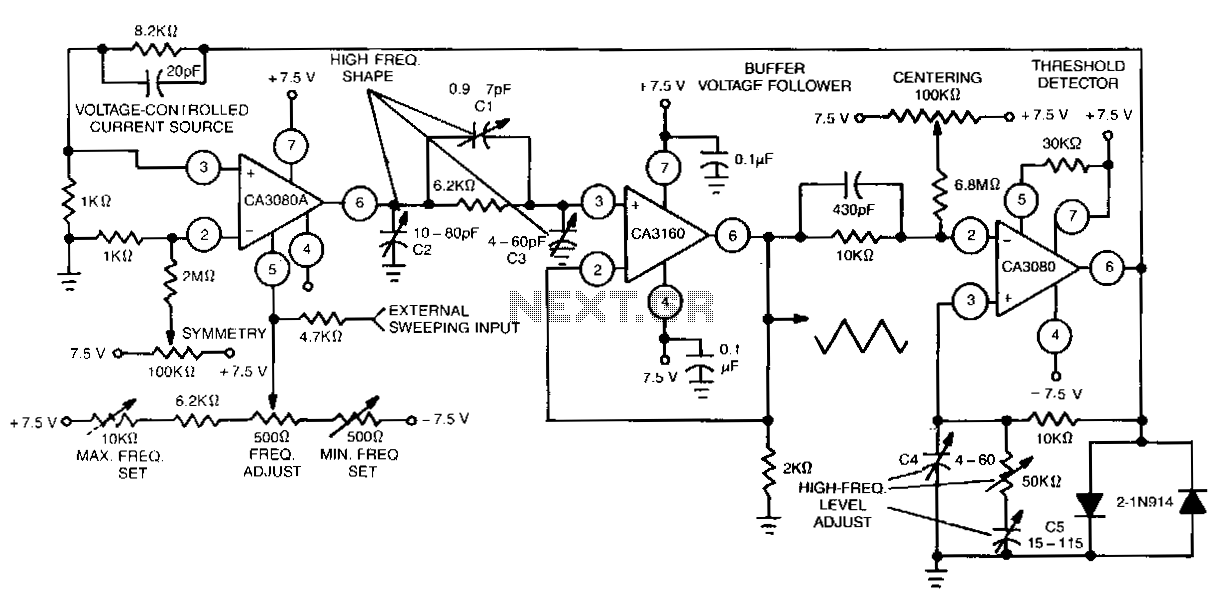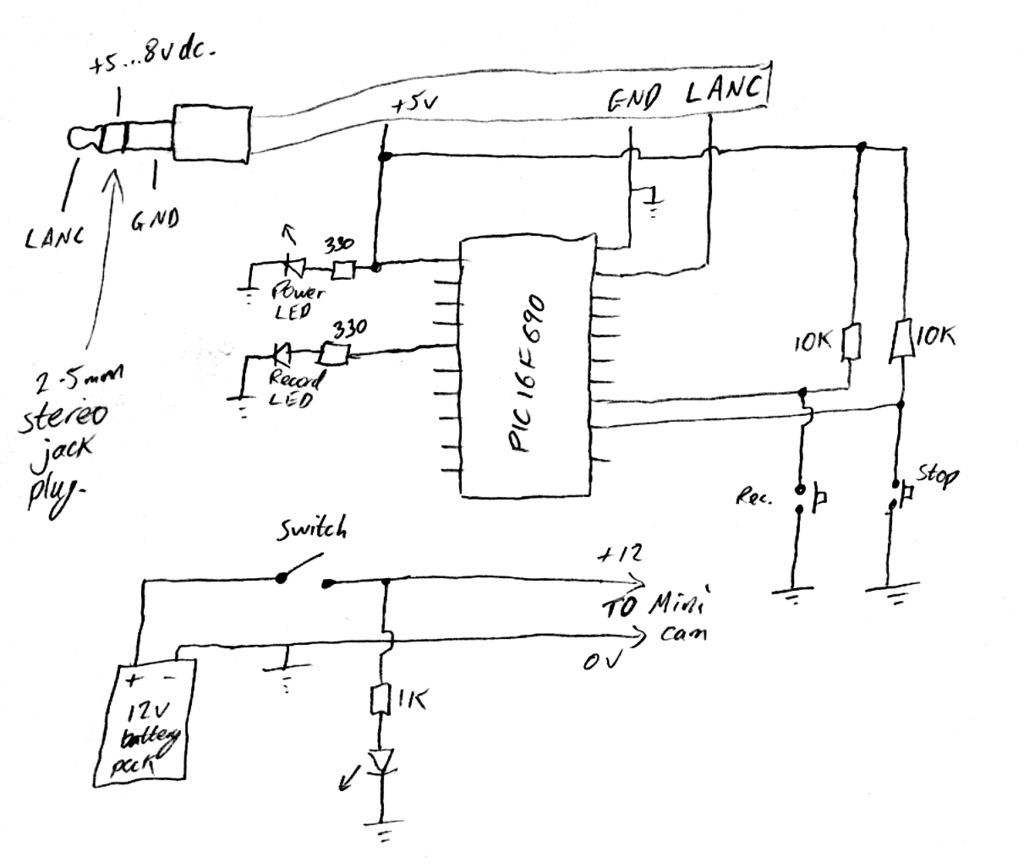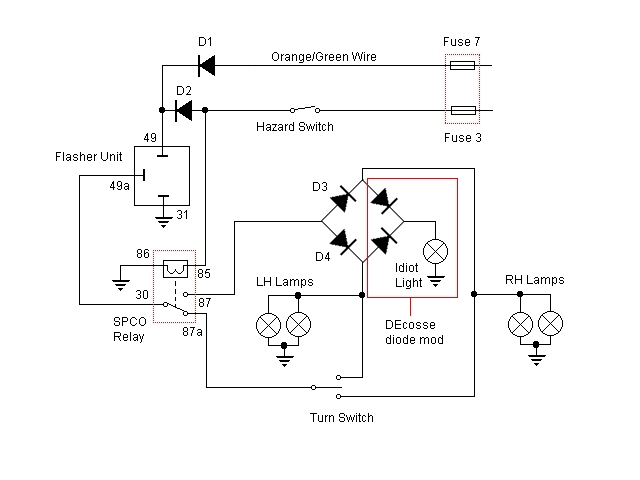
Motor control with tachometer
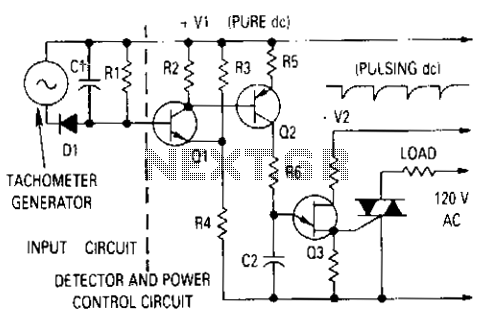
The generator output is rectified, filtered, and applied between the positive supply voltage and the base of the detector transistor. This configuration provides a negative voltage that reduces the base voltage as the speed increases. During normal operation, if the tachometer voltage is below the desired level, the detector transistor is activated, which in turn activates Q2, causing the timing capacitor for the unijunction transistor to charge rapidly. As the tachometer output approaches the desired voltage, the base-emitter voltage decreases to the point where Q1 is nearly turned off. Consequently, the collector current that charges the unijunction timing capacitor is diminished, leading to a slower charge rate for the capacitor and delaying the triggering of the thyristor in the half cycle. This process effectively reduces the average power supplied to the motor until just enough power is permitted to maintain the desired motor speed.
The described circuit utilizes a generator output that undergoes rectification and filtering to create a stable voltage supply for the base of a detector transistor. This configuration is crucial for regulating the speed of a motor based on feedback from a tachometer. The negative voltage generated plays a vital role in controlling the base voltage of the detector transistor, which is integral to maintaining the desired motor speed.
When the tachometer output indicates that the motor speed is lower than the set point, the detector transistor activates, turning on transistor Q2. This action leads to a rapid charging of the timing capacitor associated with the unijunction transistor. The unijunction transistor serves as a timing element in this circuit, and its operation is directly influenced by the charging rate of its timing capacitor.
As the tachometer voltage increases and approaches the desired level, the base-emitter voltage of transistor Q1 is reduced. This reduction in voltage effectively brings Q1 closer to its cutoff point, decreasing the collector current that charges the timing capacitor. The slower charging of the capacitor results in a delay in triggering the thyristor, which is responsible for controlling the power delivered to the motor.
The overall effect of this feedback mechanism is to modulate the average power supplied to the motor. By adjusting the timing of the thyristor's activation based on the motor speed feedback, the circuit ensures that the motor receives just enough power to maintain its speed without overshooting the desired set point. This form of control enhances the efficiency of the motor operation and contributes to the longevity of the system by preventing excessive power delivery.The ^generator output is rectified then filtered and applied between the positive supply voltage and the base of the detector transistor. This provides a negative voltage which reduces the base-voltage when the speed increases. In normal operation, if the tachometer voltage is less than desired, the detector transistor is turned on, then turns on Q2 which causes the timing capacitor for the unijunction transistor to charge quickly.
As the tachometer output approaches the voltage desired, the base-emitter voltage is reduced to the point at which Ql is almost cut off. Thereby, the collector current which charges the unijunction timing capacitor is reduced, causing that capacitor to charge slowly and trigger the thyristor later in the half cycle. In this manner, the average power to the motor is reduced until just enough power to maintain the desired motor speed is allowed to flow.
🔗 External reference
The described circuit utilizes a generator output that undergoes rectification and filtering to create a stable voltage supply for the base of a detector transistor. This configuration is crucial for regulating the speed of a motor based on feedback from a tachometer. The negative voltage generated plays a vital role in controlling the base voltage of the detector transistor, which is integral to maintaining the desired motor speed.
When the tachometer output indicates that the motor speed is lower than the set point, the detector transistor activates, turning on transistor Q2. This action leads to a rapid charging of the timing capacitor associated with the unijunction transistor. The unijunction transistor serves as a timing element in this circuit, and its operation is directly influenced by the charging rate of its timing capacitor.
As the tachometer voltage increases and approaches the desired level, the base-emitter voltage of transistor Q1 is reduced. This reduction in voltage effectively brings Q1 closer to its cutoff point, decreasing the collector current that charges the timing capacitor. The slower charging of the capacitor results in a delay in triggering the thyristor, which is responsible for controlling the power delivered to the motor.
The overall effect of this feedback mechanism is to modulate the average power supplied to the motor. By adjusting the timing of the thyristor's activation based on the motor speed feedback, the circuit ensures that the motor receives just enough power to maintain its speed without overshooting the desired set point. This form of control enhances the efficiency of the motor operation and contributes to the longevity of the system by preventing excessive power delivery.The ^generator output is rectified then filtered and applied between the positive supply voltage and the base of the detector transistor. This provides a negative voltage which reduces the base-voltage when the speed increases. In normal operation, if the tachometer voltage is less than desired, the detector transistor is turned on, then turns on Q2 which causes the timing capacitor for the unijunction transistor to charge quickly.
As the tachometer output approaches the voltage desired, the base-emitter voltage is reduced to the point at which Ql is almost cut off. Thereby, the collector current which charges the unijunction timing capacitor is reduced, causing that capacitor to charge slowly and trigger the thyristor later in the half cycle. In this manner, the average power to the motor is reduced until just enough power to maintain the desired motor speed is allowed to flow.
🔗 External reference
Warning: include(partials/cookie-banner.php): Failed to open stream: Permission denied in /var/www/html/nextgr/view-circuit.php on line 713
Warning: include(): Failed opening 'partials/cookie-banner.php' for inclusion (include_path='.:/usr/share/php') in /var/www/html/nextgr/view-circuit.php on line 713
